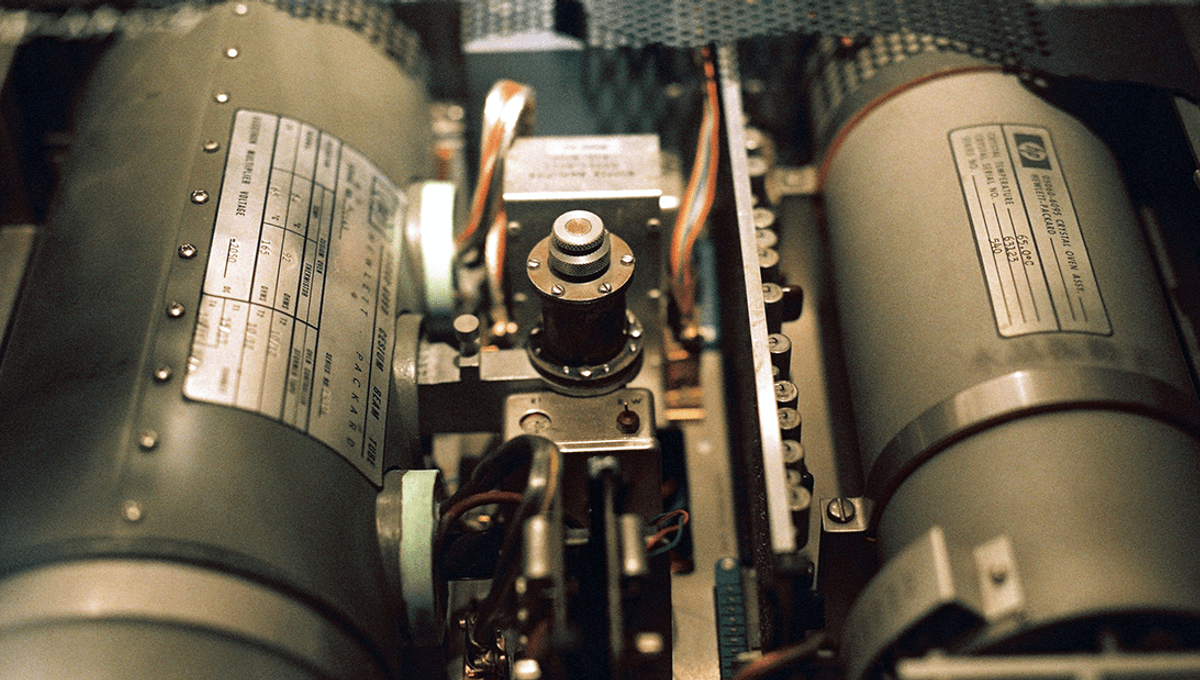T4K3.news
New theory connects quantum and relativity
Researchers introduce a groundbreaking framework for electron dynamics in solids.

This study advances our understanding of electron behavior in solids by merging quantum and relativistic frameworks.
New theory connects quantum mechanics and relativity in electron dynamics
A new study published in Physical Review Letters presents a significant breakthrough in the understanding of electron dynamics. Researchers from UNIST and Yonsei University, led by Professor Noejung Park and Professor Kyoung-Whan Kim, introduced a theoretical framework that integrates quantum mechanics with relativity to analyze electron spin-lattice interactions. Traditionally, these two fields have struggled to coexist in models due to their contrasting foundational principles. The team’s approach involves describing spin-orbit coupling through spin-lattice interactions, thereby providing a clearer understanding of how electrons behave in solid materials. Their findings indicate improved accuracy in predicting various electron responses across different physical systems, showcasing potential applications in spintronics and advanced memory technologies.
Key Takeaways
"Our approach resolves longstanding computational inconsistencies."
This highlights the significance of the team's contribution to science.
"It provides a robust foundation for future research in spintronics."
This emphasizes the potential applications of the new theory.
This new theoretical framework exemplifies a growing trend in scientific research that strives for interdisciplinary collaboration. By successfully merging quantum mechanics with relativistic effects, the study pushes the envelope of what is possible in materials science. The implications extend beyond academic interest, heralding advancements in technologies that rely on precise electron control. As we delve deeper into the quantum realm, understanding how these forces interact will be crucial for future innovations in electronics and spin-based technologies.
Highlights
- Bridging quantum and relativity is no small feat.
- This theory could change the future of electronics.
- A leap forward for spintronics and quantum tech.
- Understanding electron behavior just got a lot clearer.
Potential impact on technology investment
The new theoretical developments could attract significant investment in quantum technologies and spintronics, influencing funding and resource allocation in related fields.
This theory opens doors to future technological advancements in quantum information.
Enjoyed this? Let your friends know!
Related News

New experiment may unite quantum mechanics with gravity

Judge blocks release of Epstein grand jury transcripts

New research links hearing loss to dementia risk

Psilocybin shows promise as an anti-aging treatment

Justice Department faces scrutiny over Epstein case files

Dark Theory Emerges for Stranger Things Season 5
Astronomers capture first images of cosmic web

Trump orders release of Epstein grand jury testimony
